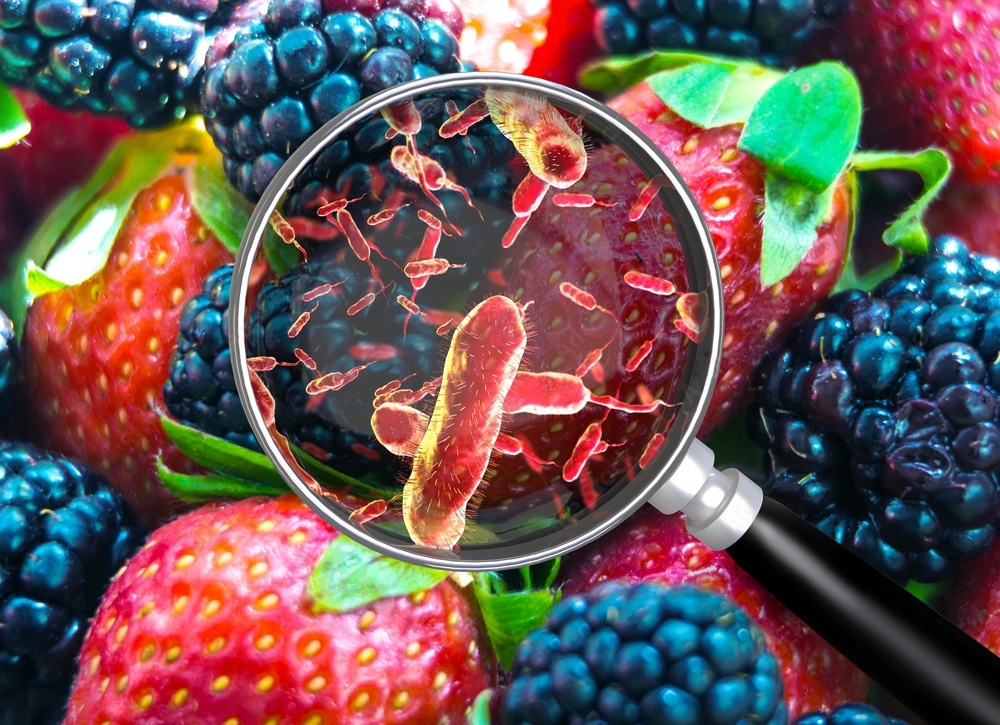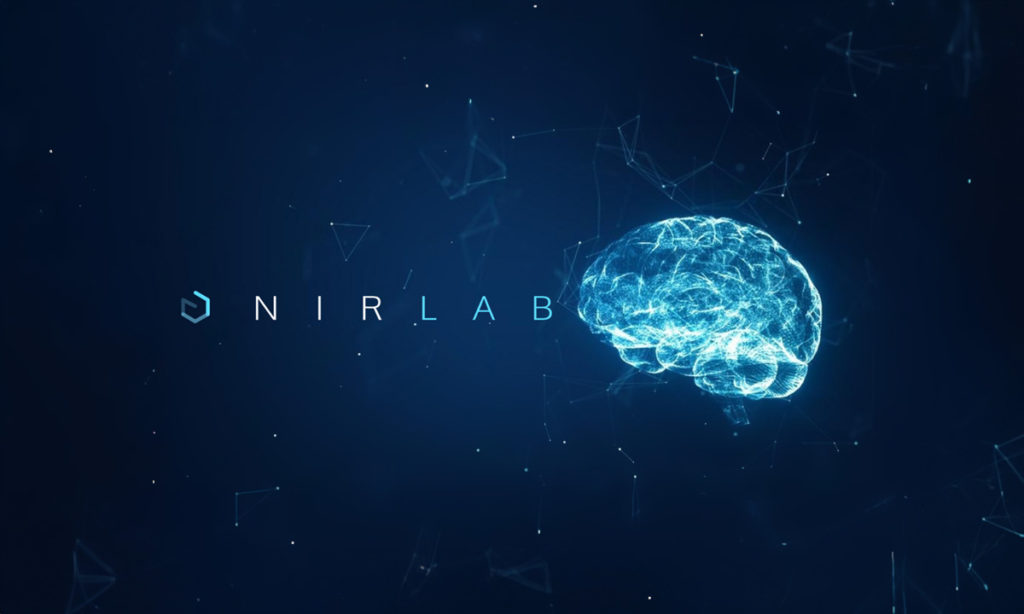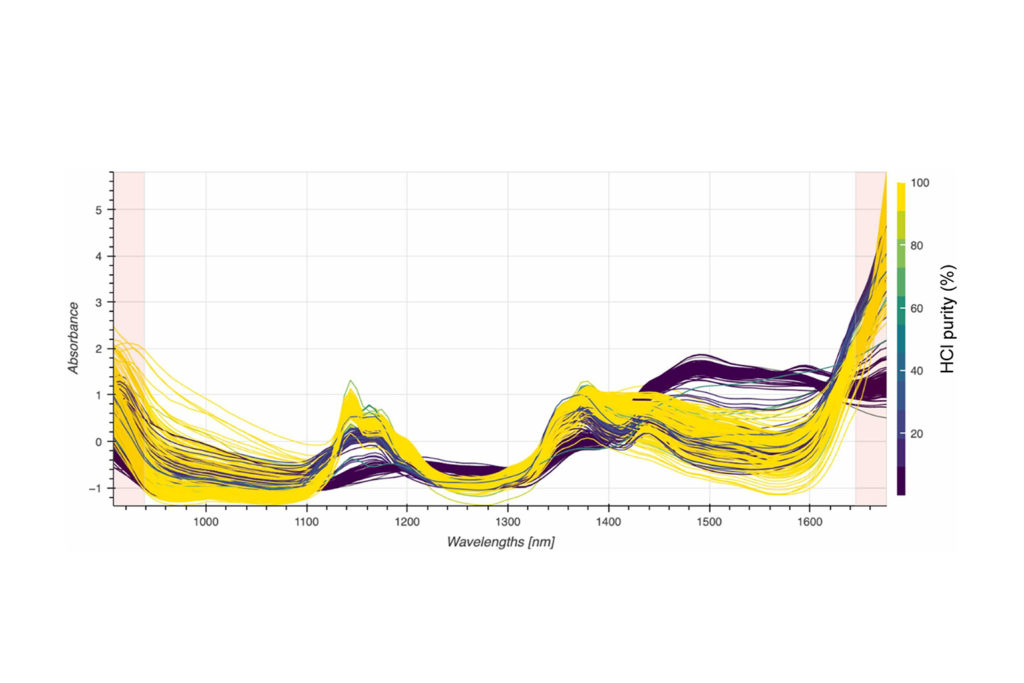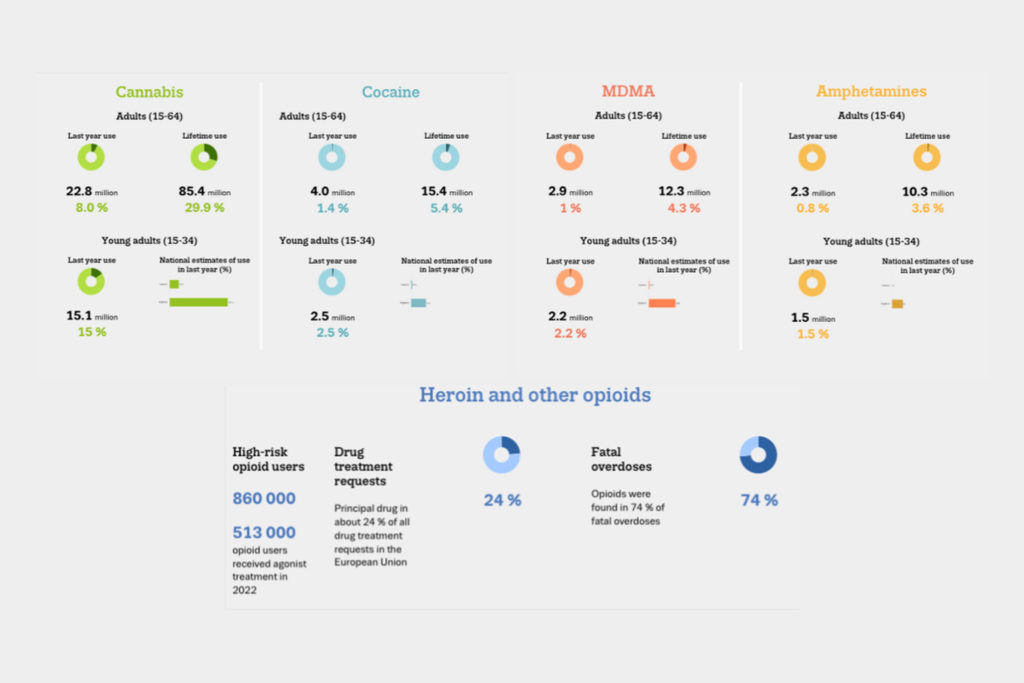
In today’s food safety era, Near Infrared (NIR) technology, led by NIRLAB, transforms how we ensure food quality and safety. The WHO stresses safe food’s vital importance, noting global health risks from contamination. NIR technology, under NIRLAB’s guidance, revolutionizes food safety, aligning with the WHO’s concerns about contamination. This calls for a shift from traditional methods of food safety evaluation to more sophisticated, scientific approaches like NIR spectroscopy.
The Limitations of Traditional Food Safety Methods
Traditionally, food safety has relied on sensory evaluations – sight, touch, and smell – and laboratory-based chemical and microbiological tests. While sensory methods are quick, they fall short in accuracy, consistency, and scalability. Chemical and microbiological methods, on the other hand, although precise, involve sample destruction, high costs, and are time-consuming. Additionally, they produce toxic waste and are limited in their ability to detect pathogens only, not contamination.
The Rise of NIR Spectroscopy in Food Safety
NIR spectroscopy has emerged as a superior alternative. This, as it analyzes how organic compounds interact with light in the near-infrared spectrum (750 –2500 nanometers). NIR spectroscopy offers a non-destructive, rapid, and versatile method for food analysis. Moreover, NIRLAB has been at the forefront of harnessing this technology, offering innovative solutions that address the myriad challenges posed by traditional methods.
Advantages of NIR Spectroscopy
As mentioned above, NIR spectroscopy, a technology at the forefront of modern food analysis. Moreover, it offers several compelling advantages that make it indispensable in the food industry:
1. Non-Destructive and Rapid Analysis
One of the most significant benefits of NIR spectroscopy is its non-destructive nature. It allows for the assessment of food quality without the need to destroy or alter the sample. This aspect is particularly crucial in industries where preserving the integrity of the sample is essential. This include the quality control of high-value products. Additionally, NIR spectroscopy offers rapid analysis, often delivering results within seconds. This speed is vital in production environments where time is of the essence. Hence, NIR enables immediate decision-making and ensuring continuous quality control.
2. Versatility Across Food Products
The versatility of NIR spectroscopy is another key advantage. It can analyze a broad spectrum of food products with remarkable accuracy. This includes complex matrices like fish, where it can measure fat content. Additionally , dairy products, where it can assess components like protein and lactose levels. This versatility makes NIR spectroscopy a valuable tool in various sectors of the food industry, catering to a wide array of analytical needs.
3. Customizable Solutions by NIRLAB
NIRLAB stands out in the field for its ability to create on-demand solutions tailored to specific industry needs. NIRLAB recognizes that each sector of the food industry has unique challenges and requirements. Hence, we designed our NIR handheld spectroscopy devices to be adaptable and customizable. This approach ensures that the solutions are not just generic tools but are fine-tuned to address the specific analytical requirements of different food products, enhancing their efficacy and applicability.
Applications in Various Food Industries

The applications of NIR spectroscopy are diverse and critical across various sectors of the food industry:
1. Detecting Adulterants in Food Products
In the realm of food safety, detecting adulterants is a significant application of NIR spectroscopy. It plays a vital role in identifying adulteration in products like organic foods, where the presence of unexpected chemicals can undermine the integrity of the product. Moreover, NIR spectroscopy can detect such adulterants swiftly and accurately, helping maintain the purity and authenticity of organic and other high-value food products.
2. Meat Identification to Prevent Fraud
Meat identification is another crucial application. In a market where different types of meat vary significantly in value and dietary properties, NIR spectroscopy aids in accurately distinguishing between various meats. Consequently, this capability is essential in preventing fraud and ensuring that consumers receive the product they are promised, thereby maintaining trust and integrity in the meat industry.
3. Efficient Pathogen and Spoilage Detection
Finally, NIR spectroscopy efficiently identifies pathogens and signs of spoilage in both plant and animal products. This application is critical for ensuring the safety of food products. By detecting spoilage organisms and pathogens, NIR spectroscopy helps in preventing foodborne illnesses and in maintaining the overall quality of the food supply.
NIRLAB’s Innovations in Food Safety
NIRLAB has revolutionized NIR technology’s application in food safety with its handheld NIR devices. These devices blend advanced machine learning algorithms with user-friendly interfaces, making them accessible to a wide range of users, from large-scale manufacturers to small-scale producers. Additionally, NIRLAB’s devices are designed for simplicity, making them operable without specialized training. They are ideal for real-time analysis, seamlessly integrating into food processing and packaging lines. Moreover, their ability to detect a broad spectrum of substances makes them versatile across various food sectors.
NIRLAB’s NIR technology extends to areas like sugar cane analysis, where the quality of sugar cane directly impacts the efficiency and profitability of sugar production. Also, the devices rapidly analyze the sugar content in sugar cane, aiding in the optimization of harvesting times and ensuring the best quality of raw material enters the production process.
In the aquaculture industry, assessing the health and quality of living fish presents unique challenges. NIRLAB’s technology enables non-invasive, in-situ analysis of fish, assessing crucial parameters like fat content. Consequently, this is invaluable for fish farmers aiming to maintain high standards and optimize their yield.
NIRLAB’s devices address the issue of counterfeit honey in the food industry by detecting adulteration, such as the addition of syrups or other sugars. Thus ensuring the authenticity and purity of honey. Additionally, this capability is crucial for honey producers and consumers who prioritize quality and genuineness.
Moreover, NIRLAB’s NIR technology is not limited to these applications. It extends to analyzing dairy products, assessing meat quality, and detecting contaminants and adulterants in various food products. The ability to analyze the chemical composition of these diverse foods quickly and accurately is a game-changer, providing stakeholders with insights that were previously unattainable without extensive laboratory testing.
Key Innovations by NIRLAB
NIRLAB has carved a niche in the food safety sector with its innovative Near-Infrared (NIR) technology. Also, the company’s forward-thinking approach combines advanced technology with user-friendly designs, addressing crucial aspects of food safety and quality control.
1. User Accessibility
A standout innovation from NIRLAB is the user accessibility of its devices. Designed for simplicity, these NIR devices can be easily operated without the need for specialized training. Hence, this approach has democratized the use of advanced technology, making it accessible to a broader range of users, including those who may not have a technical background. NIRLAB ensures that accurate food safety measures are not limited to experts. In contrary, they are accessible to anyone responsible for food quality control by simplifying the operation.
2. Integration in Food Processing
Another key aspect of NIRLAB’s technology is its seamless integration into food processing and packaging lines. The devices are engineered for real-time analysis, providing immediate feedback that is essential in fast-paced production environments. Moreover, this integration enables continuous monitoring and instant decision-making, helping to maintain high standards of food quality and safety throughout the processing chain.
3. Comprehensive Substance Detection
NIRLAB’s devices are notable for their ability to detect a broad spectrum of substances. This comprehensive substance detection capability makes the devices highly versatile and adaptable to various food sectors. From analyzing the moisture content in agricultural products to detecting adulterants in dairy products, the breadth of their application is a significant advancement in the field. This versatility not only enhances the efficiency of food safety protocols but also supports a wide range of industries in maintaining product quality and compliance with safety standards.
The Future Path of Food Safety with NIR
The trajectory of food safety is being reshaped by the advancements in Near-Infrared (NIR) technology, with companies like NIRLAB at the helm of this transformation. As we look toward the future, the potential of NIR in the realm of food safety is vast and promising. Furthermore, NIR technology is poised to undergo significant growth and refinement. Consequently , this will offer more sophisticated, accurate, and versatile solutions for ensuring the safety and quality of food products.
In the future, we can expect NIR technology to evolve beyond its current applications. The technology is likely to be enhanced to detect a wider range of substances with greater precision. This expansion could include more specific identification of pathogens, contaminants, and adulterants in food, even those present in trace amounts. With these advancements, NIR could become the standard for routine food safety checks across the industry, replacing more traditional, time-consuming laboratory methods.
The integration of artificial intelligence (AI) and machine learning with NIR technology will revolutionize the way we approach food analysis. AI algorithms can process vast amounts of data from NIR spectrometers, learning and improving over time. This continuous learning will lead to increasingly accurate readings and the ability to identify subtle changes in food composition that might indicate spoilage or contamination.
Moreover, the future might see the integration of IoT (Internet of Things) with NIR devices, allowing for real-time data sharing and analysis across a connected network. This integration could enable remote monitoring of food safety standards and streamline the supply chain management, ensuring that safety standards are uniformly maintained from farm to table.
Conclusion: NIRLAB’s Pioneering Role
NIRLAB’s integration of Near-Infrared (NIR) technology represents a transformative leap in food safety and quality assurance. By addressing the limitations of traditional methods, NIR spectroscopy has emerged as a superior tool, offering rapid, non-destructive, and versatile analysis. The user-friendly design and comprehensive substance detection capabilities of NIRLAB’s devices have democratized this advanced technology, making it accessible across various food sectors.
As we look to the future, the potential of NIR technology in food safety is immense. The prospective integration of AI and machine learning promises even greater precision and efficiency. This evolution is set to redefine food safety standards, enhancing detection capabilities and streamlining supply chain management.
In summary, NIRLAB’s pioneering approach is not just an advancement in technology but a significant stride towards a safer, more sustainable food industry. Their continued innovation is crucial in shaping a secure and reliable future for global food safety.
To explore more about spectroscopy and discover the full capabilities of NIRLAB’s technology, we invite you to read our other informative articles, here. For personalized inquiries, please don’t hesitate to reach out to us at contact@nirlab.com.
NIRLAB // Just Truth


